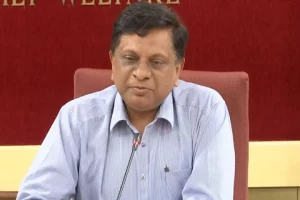The World Health Organization (WHO) on Friday published a new report, which presents ways to address the growing worldwide concern about keeping children safe online.
The report titled What works to prevent online violence against children, has a specific focus on two forms of online violence: child sexual abuse including grooming and sexual image abuse; and cyber aggression and harassment in the form of cyberbullying, cyberstalking, hacking and identity theft.
The report recommends implementing school-based educational programmes that have multiple sessions, promote interaction among youth and engage parents. It highlights the need for improvements in several areas including:
The need for more violence prevention programmes that integrate content about online dangers with offline violence prevention, given the overlap of these problems and their common approaches to prevention;Less emphasis on stranger danger as strangers are not the sole or even the predominant offenders in online violence against children;More emphasis on acquaintance and peer perpetrators, who are responsible for a majority of offenses.More attention to healthy relationship skills, since romance and intimacy-seeking are major sources of vulnerability to online violence.
“Our children spend more and more time online; as such, it is our duty to make the online environment safe,” notes Etienne Krug, Director of the WHO Department of Social Determinants of Health. “This new document provides for the first time a clear direction for action by governments, donors, and other development partners, showing that we must address online and offline violence together if we are to be effective.”
The UN agency said that governments need to find the right balance between fostering opportunities for young people through the digital environment and protecting them from harm.




















